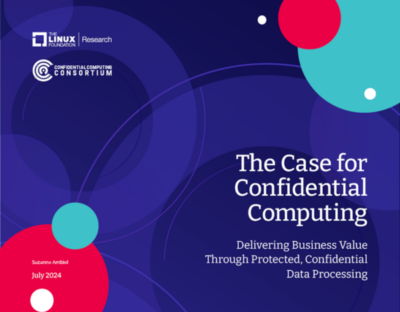AUTHORED BY CONFIDENTIAL COMPUTING CONSORTIUM
Adopting on-demand computing for sensitive and private workloads is critical in today’s interconnected and data-driven world. We need simple, fast, and reliable security mechanisms to protect data, code, and runtimes to achieve this. The Confidential Computing Consortium’s new Messaging Guide is a comprehensive resource that explores how Confidential Computing (CC) addresses these challenges and supports organizations in securing their workloads.


